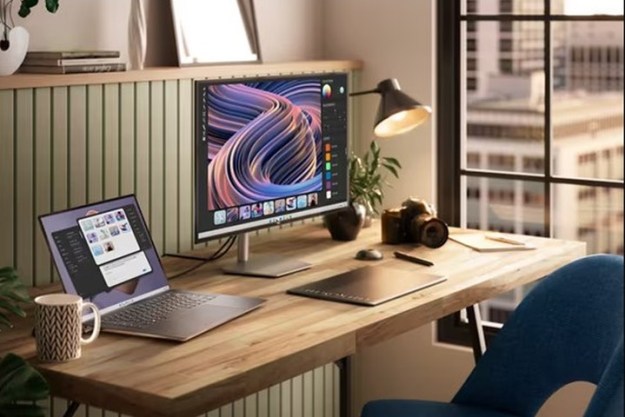
So, if you were to guess off the top of your head, which would you say has more people on board: the United States, or Windows Live Messenger? According to Microsoft, it’s basically a toss-up: the company is proudly proclaiming its Live Messenger instant messaging service now has over 300 million users. And furthermore, Microsoft claims that those people use Messenger for over 160 billion minutes a month, which accounts for about 9.4 percent of all the time all consumers spend on the Internet worldwide.
In a post with the official Windows Team blog, Windows Live social networking group manager Jeff Kumins noted that instant messaging seems to have dipped in popularity in the United States, owing to the popularity of social networking. “Globally, e-mail and IM have basically peaked and leveled off, people continue to spend roughly the same amount of time using them, while social networks have grown to match,” Kumins wrote. “And yes, it really is mainly the same people.”
However, Messenger remains very popular internationally: Microsoft claims some 65 percent of all Internet users in Brazil use Messenger; similarly, the service says it can claim 48 percent of Canadian and Spanish Internet users, 47 percent of French Internet users, and 40 percent of all Italian Internet users. At peak hours, Messenger handles more than 40 million “simultaneous online connections,” whatever that really means.
The 300 million user benchmark is a good excuse for Microsoft to promote Messenger and its Live services; the company is still struggling to make it various Windows Live properties into money-making operations rather than services that act as loss-leaders for Windows and ways to grow Microsoft’s online advertising audience. And IM users have taken Microsoft to task for Windows Live Messenger, with many unhappy with an overburdened interface and in-line advertisements.
And, if you’re curious, the U.S. Census estimates the current population of the United States is a bit over 308 million people.
Editors' Recommendations
- The most common Windows 11 problems and how to fix them
- How to find your Windows 11 product key
- Windows 11 tips and tricks: 8 hidden settings you need to try
- How to type an em dash in Windows
- How to delete Google Chrome on Windows and Mac


